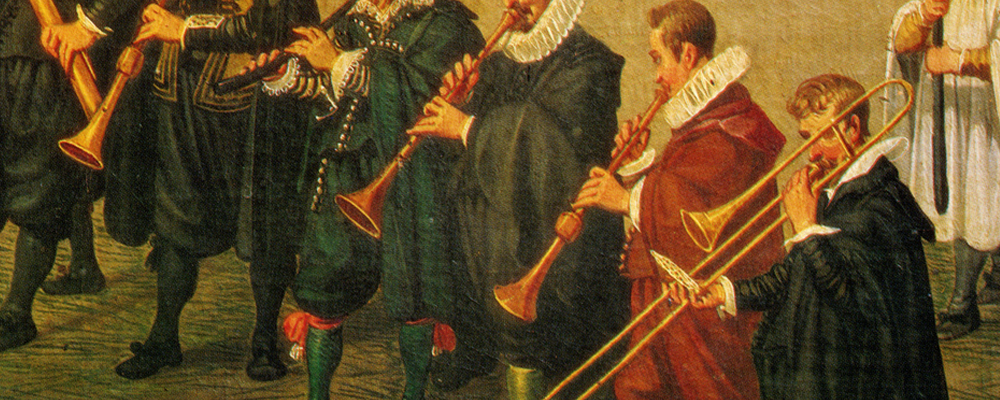Echoes of Brass: Exploring the Rich History of Trombones
In the grand symphony of musical instruments, few possess the versatility, power, and distinctive timbre of the trombone. With its elongated slide and resonant bell, the trombone stands as a cornerstone of brass ensembles and orchestras worldwide. Yet, behind its commanding presence lies a fascinating history that stretches across centuries and continents. Join me on a journey through time as we unravel the origins and evolution of this remarkable instrument.

The trombone traces its lineage back to ancient civilizations where rudimentary forms of brass instruments were fashioned from natural materials such as shells, animal horns, and hollowed-out wood. These primitive instruments evolved over time, with early examples featuring a simple straight tube with a bell at one end.
The true precursor to the modern trombone emerged during the Renaissance period in Europe. Known as the sackbut, this early version of the trombone featured a telescoping slide mechanism, allowing players to alter the instrument's pitch and produce a wider range of notes. Initially used primarily in sacred music, the sackbut gradually found its place in secular compositions, becoming a staple in the courts and cathedrals of Europe.
The Baroque and Classical periods marked a golden age for brass instruments, including the trombone. Renowned composers such as Johann Sebastian Bach, George Frideric Handel, and Wolfgang Amadeus Mozart incorporated the trombone into their compositions, harnessing its rich, sonorous tones to convey grandeur and solemnity.
During this time, the trombone also found favor in the burgeoning field of opera, where it was often employed to underscore dramatic moments and evoke emotions ranging from triumph to tragedy. Composers such as Richard Wagner and Giuseppe Verdi exploited the instrument's expressive capabilities, cementing its status as an indispensable component of the orchestral palette.
The 19th century witnessed significant advancements in trombone design and manufacturing techniques. Innovations such as the addition of valves and the adoption of new materials allowed for greater precision and flexibility in performance. These developments paved the way for the emergence of the modern trombone as we know it today.
If you are interested in learning music check out our Music Lessons in Tempe.
One of the most influential figures in the evolution of the trombone was the Belgian instrument maker Adolphe Sax. Renowned for his revolutionary designs, Sax's contributions to brass instrument craftsmanship left an indelible mark on the trombone's development. His innovations, including the addition of rotary valves and improved slide mechanisms, enhanced the instrument's playability and expanded its tonal capabilities.
The 20th century saw the trombone continue to evolve and adapt to the changing musical landscape. From the soaring melodies of the Big Band era to the experimental sounds of contemporary avant-garde compositions, the trombone remained a versatile and essential voice in orchestras, jazz bands, and beyond.
In addition to its traditional roles in classical and jazz music, the trombone found newfound popularity in popular music genres such as rock, funk, and ska. Artists like James Brown, Sly and the Family Stone, and The Specials integrated the trombone into their arrangements, injecting a soulful and dynamic energy into their performances.
As we reflect on the storied history of the trombone, we are reminded of its enduring presence in the tapestry of human creativity. From its humble origins as a primitive instrument crafted from natural materials to its evolution into a sophisticated and versatile brass instrument, the trombone has captured the imagination of musicians and audiences alike for centuries.
Today, as trombonists continue to push the boundaries of their craft, exploring new techniques and repertoire, the legacy of this remarkable instrument lives on. Whether soaring above the orchestra in a symphony hall or grooving in a jazz club, the trombone's resounding voice serves as a timeless reminder of the power of music to transcend boundaries and unite us in shared expression.
If you like this check out our article: Resounding Reverberations: Tracing the Vibrant History of the Trumpet
